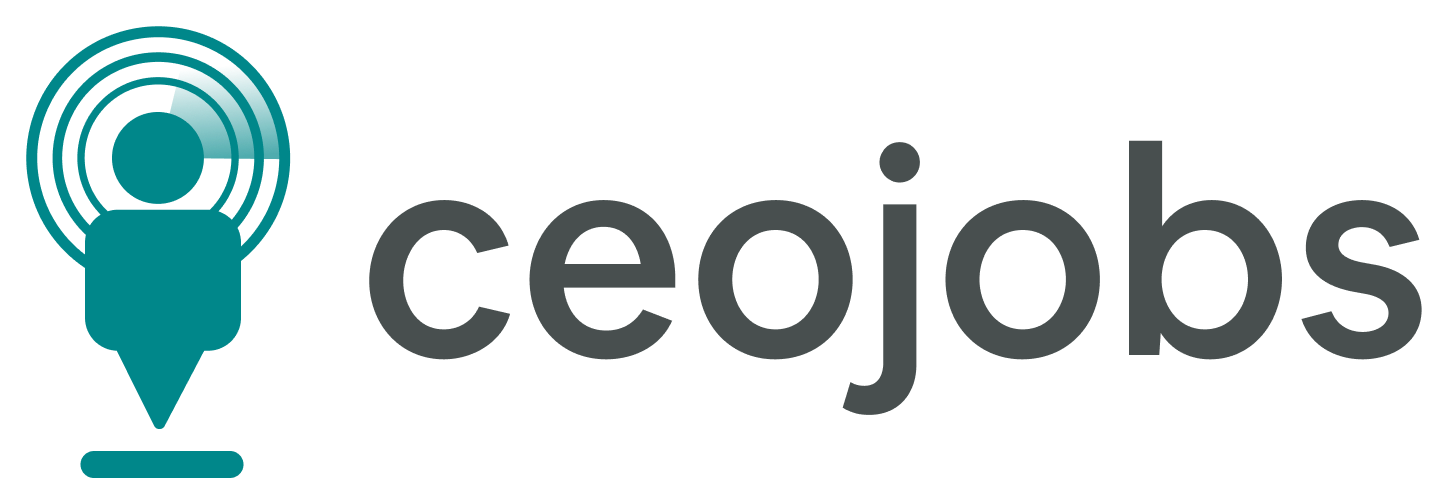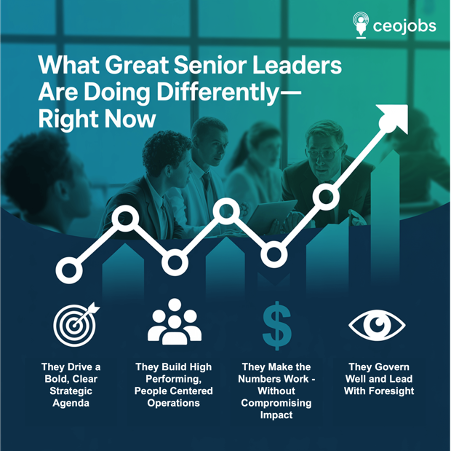𝗕𝗼𝗼𝘀𝘁𝗶𝗻𝗴 𝗬𝗼𝘂𝗿 𝗖𝗵𝗮𝗻𝗰𝗲𝘀 𝗼𝗳 𝗛𝗶𝗿𝗶𝗻𝗴 𝘁𝗵𝗲 𝗥𝗶𝗴𝗵𝘁 𝗦𝗲𝗻𝗶𝗼𝗿 𝗕𝘂𝘀𝗶𝗻𝗲𝘀𝘀 𝗟𝗲𝗮𝗱𝗲𝗿
Popular Post
Tags

𝗕𝗼𝗼𝘀𝘁𝗶𝗻𝗴 𝗬𝗼𝘂𝗿 𝗖𝗵𝗮𝗻𝗰𝗲𝘀 𝗼𝗳 𝗛𝗶𝗿𝗶𝗻𝗴 𝘁𝗵𝗲 𝗥𝗶𝗴𝗵𝘁 𝗦𝗲𝗻𝗶𝗼𝗿 𝗕𝘂𝘀𝗶𝗻𝗲𝘀𝘀 𝗟𝗲𝗮𝗱𝗲𝗿
Hiring the right Senior Business Leader - whether a CEO, COO, President, VP, GM, MD, or Country Manager - is a high-stakes decision that can shape an organisation’s future. However, success in hiring depends on several factors, including the rigor of assessment, the maturity of the hiring process, and market conditions.
How Can You Increase Your Chances of making the right SBL Hire?
So, how do you increase your chances of making the right hire? Below is a breakdown of hiring success rates based on the level of assessment rigor applied during the selection process.
1. Basic Screening & Experience Check (10-30% Success Rate)
• Process: CV review, reference checks, and a basic unstructured interview.
• Challenges: Limited insight into leadership capability, strategic vision, and cultural fit.
• Best Use: When filling a role urgently or when the candidate has a strong industry reputation.
• Risk: High likelihood of misalignment with company strategy and values.
2. Structured Interviews & Behavioural Assessments (30-50% Success Rate)
• Process: Multiple structured interviews, including scenario-based and competency-based assessments.
• Challenges: Improves understanding of experience and leadership style, but still subjective.
• Best Use: When needing a quick but relatively informed hiring decision.
• Risk: Potential biases; some candidates excel at interviews but struggle in execution.
3. Competency & Psychometric Testing (50-70% Success Rate)
• Process: Personality tests, cognitive ability tests, leadership assessments (e.g., Hogan, MBTI, SHL).
• Challenges: Enhances prediction of leadership style and decision-making but may not capture real-world effectiveness.
• Best Use: Mid-to-high-level leadership hiring where cultural fit is critical.
• Risk: May exclude unconventional but highly effective leaders.
4. Deep-Dive Executive Assessment Centres (70-85% Success Rate)
• Process: A full-day or multi-day executive assessment including business simulations, case studies, and leadership scenario testing.
• Challenges: Expensive and time-consuming but provides deep insights into leadership and problem-solving skills.
• Best Use: High-stakes C-suite hiring where failure could cost millions.
• Risk: Some leaders perform well in simulations but struggle in real-world execution.
5. Market-Validated & Track Record-Based Hiring (85-95% Success Rate)
• Process: Hiring a leader with a proven track record in the same or a related industry, validated through confidential peer references, board reviews, and previous financial performance.
• Challenges: Limited talent pool and high compensation expectations.
• Best Use: When hiring a leader to execute a specific strategy (e.g., growth, turnaround, or digital transformation).
• Risk: Past success does not always guarantee future success in a different company culture or market.
Final takeaways
✅ Lower assessment rigor = higher failure rates (misalignment, early exits, culture mismatch).
✅ Higher rigor = better success rates but increased cost & time investment.
✅ No process guarantees 100% success, but multi-layered approaches significantly reduce risk.
By optimising assessment methods and adopting a data-driven approach, organisations can dramatically improve their ability to hire senior leaders who drive sustainable success.
💬 What hiring strategies have worked best for you? Let’s discuss in the comments!
Frequently Asked Questions
-
Q: Q1: Why is hiring a Senior Business Leader considered a high-stakes decision?
A: A1: Hiring a senior leader significantly influences an organsation's strategy, performance, and culture, potentially impacting long-term success or failure.
-
Q: Q2: What risks come with relying solely on basic CV screening and informal interviews when hiring senior leaders?
A: A2: High risks include misalignment with organisational strategy, values, and culture due to limited insight into leadership capabilities.
-
Q: Q3: How do structured interviews and behavioral assessments improve hiring outcomes compared to basic screening methods?
A: A3: Structured interviews and assessments provide deeper insights into leadership style, decision-making, and cultural fit, reducing subjective bias and increasing success rates.
-
Q: Q4: Why might psychometric tests be beneficial in the senior leader selection process?
A: A4: Psychometric tests help predict leadership behavior, cognitive ability, and decision-making style, leading to better cultural and strategic alignment.
-
Q: Q5: What is a key limitation of relying exclusively on psychometric or personality assessments?
A: A5: They may overlook unconventional but highly effective leaders whose strengths aren't captured well by standardised testing.
-
Q: Q6: When is it most appropriate to use deep-dive executive assessment centres for hiring senior leaders?
A: A6: Executive assessment centres are ideal for high-stakes roles, such as C-suite positions, where hiring mistakes carry significant financial or strategic risks.
-
Q: Q7: What potential drawback should organisations consider when using deep-dive assessment centres?
A: A7: Such assessments can be costly, time-consuming, and might not always accurately predict real-world performance.
-
Q: Q8: Why does market-validated hiring have the highest success rate among all assessment methods discussed?
A: A8: Because it leverages proven performance and peer-reviewed track records, significantly reducing uncertainty about a candidate’s ability to deliver results.
-
Q: Q9: Despite its high success rate, what caution should organisations consider when using market-validated hiring methods?
A: A9: Past performance doesn't always predict future success, especially if the candidate's previous environment differs significantly in culture or strategy.
-
Q: Q10: What's the most effective overall strategy to reduce the risks associated with senior leadership hiring?
A: A10: Using a multi-layered, data-driven approach combining structured interviews, psychometric assessments, rigorous scenario testing, and track-record validation provides the best balance of risk, cost, and likelihood of success.
Post a Comment
Get New Job Notifications
Subscribe & get all related jobs notifications



.png)

Comments (0)